Everyday foods aren’t always as straightforward as they seem. Many common items we reach for without a second thought can contain hidden toxins and additives that are less than ideal. Knowing which foods come with these unwanted extras can help you make smarter choices and sidestep potential health risks.
*The content of this article is not intended as medical advice.
Acrylamide
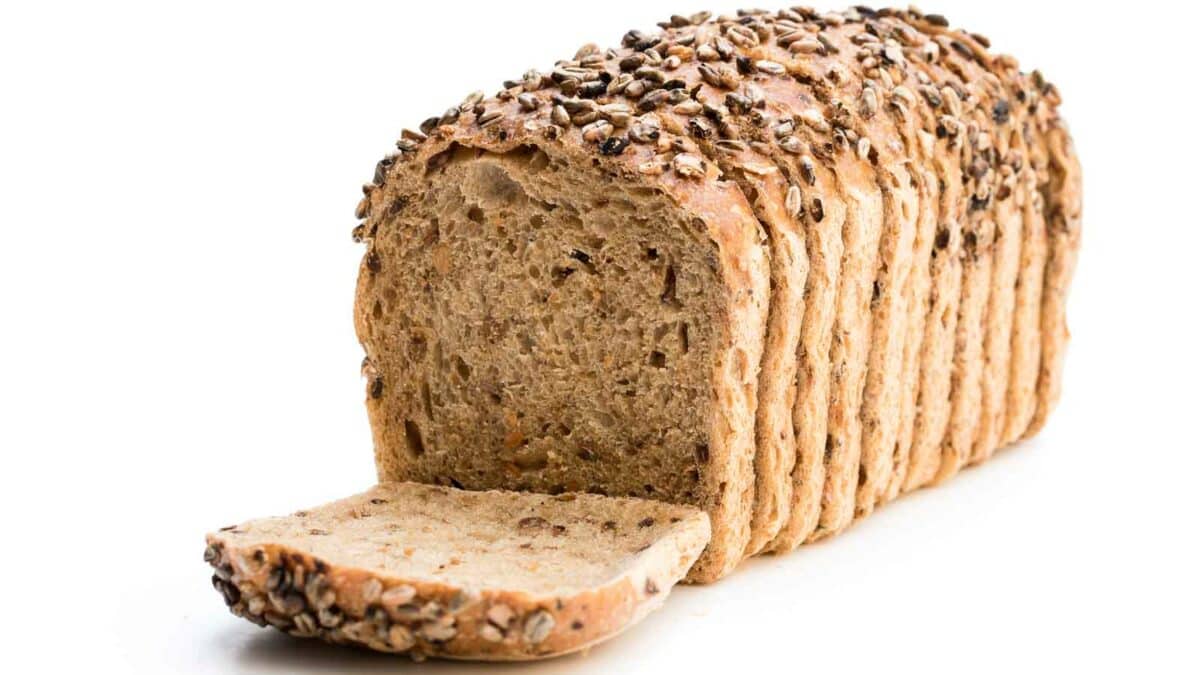

Commonly found in fried or baked starchy foods like chips, bread, and cookies. Acrylamide forms at high temperatures and is considered a potential carcinogen, which could increase cancer risk with high, prolonged exposure.
Arsenic


This toxin can be present in rice, poultry, and apple juice. Chronic exposure to arsenic, even in small amounts, may lead to serious health issues including skin problems, cancer, and heart diseases. Arsenic contamination typically occurs through groundwater that naturally contains high levels of the toxin.
Bisphenol A (BPA)


Often used in the lining of canned foods and plastic containers, BPA can leach into food and drinks. Regular exposure is worrying due to its possible effects on brain development and behavior, particularly in children.
Mercury
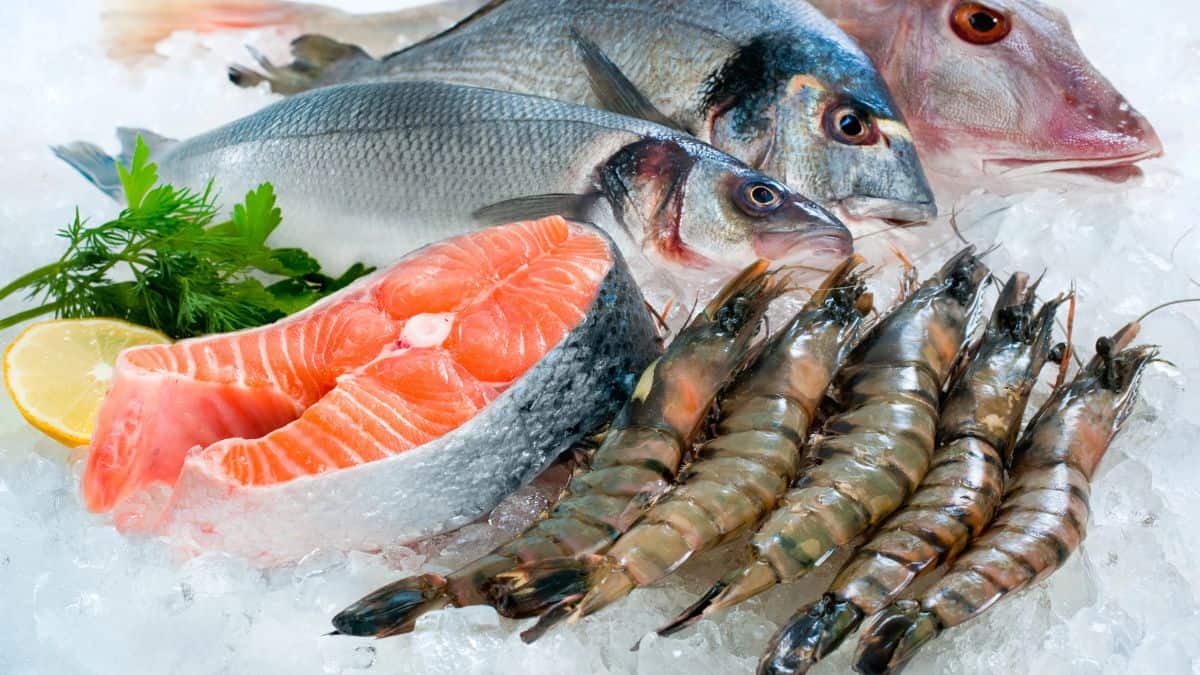

Found in many types of fish, especially larger and older fish like tuna, swordfish, and shark. Mercury exposure can impair neurological development in infants and is linked to higher risks of heart disease in adults.
Lead


Present in contaminated soil, which can affect vegetables and fruits grown in such soil; also found in old plumbing. Lead consumption can lead to neurological damage in children and cardiovascular issues in adults.
Pesticides
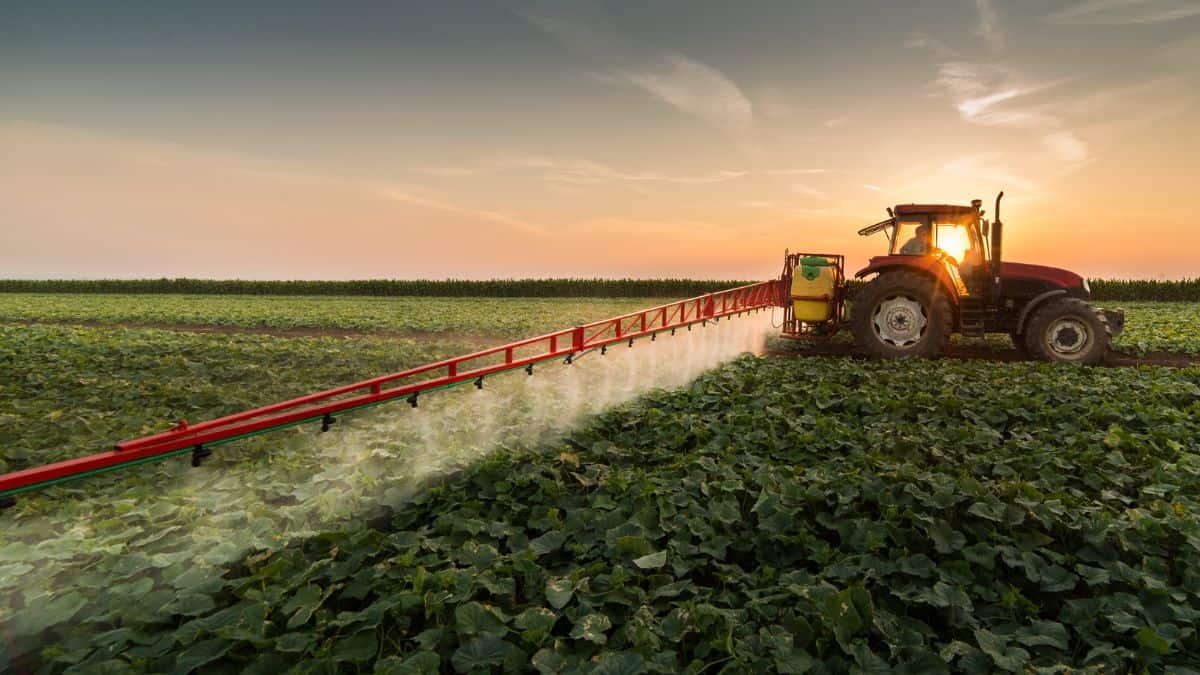

Residues can remain on fruits and vegetables, as well as in meat from animals that have consumed contaminated feed. Some pesticides are known carcinogens and can affect the hormonal and nervous systems.
Polychlorinated Biphenyls (PCBs)
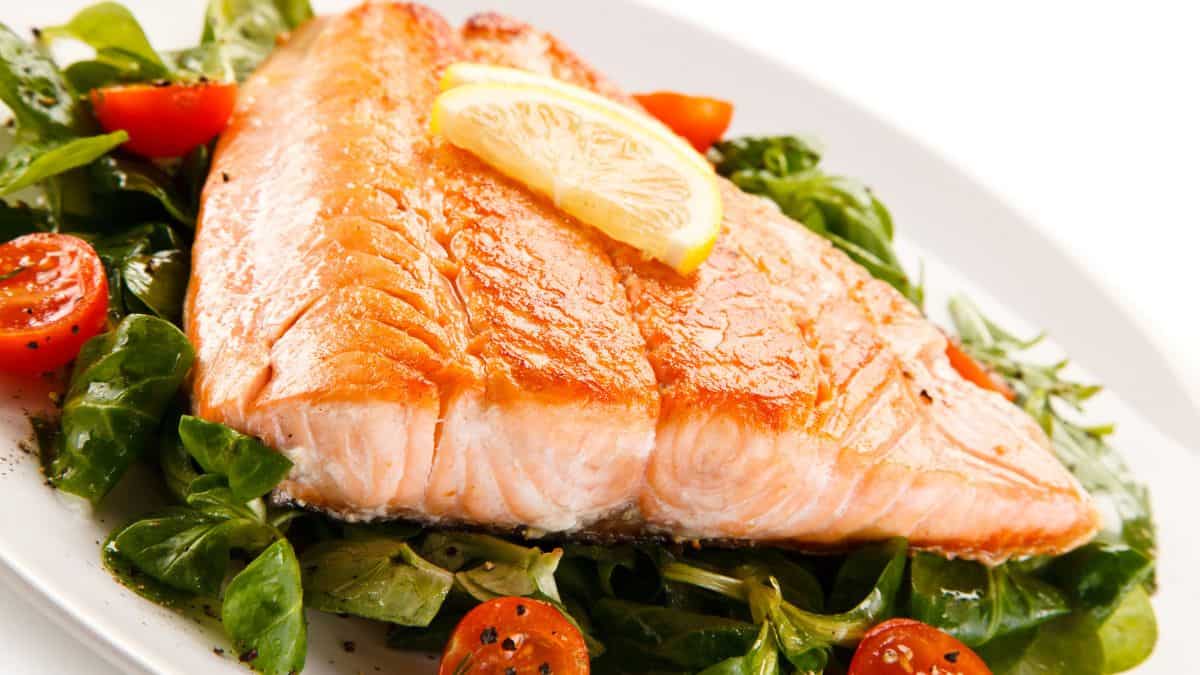

Although banned, PCBs can still be found in farmed salmon and other fatty fish. They are linked to cancer risk and can affect the immune, reproductive, nervous, and endocrine systems.
Mycotoxins
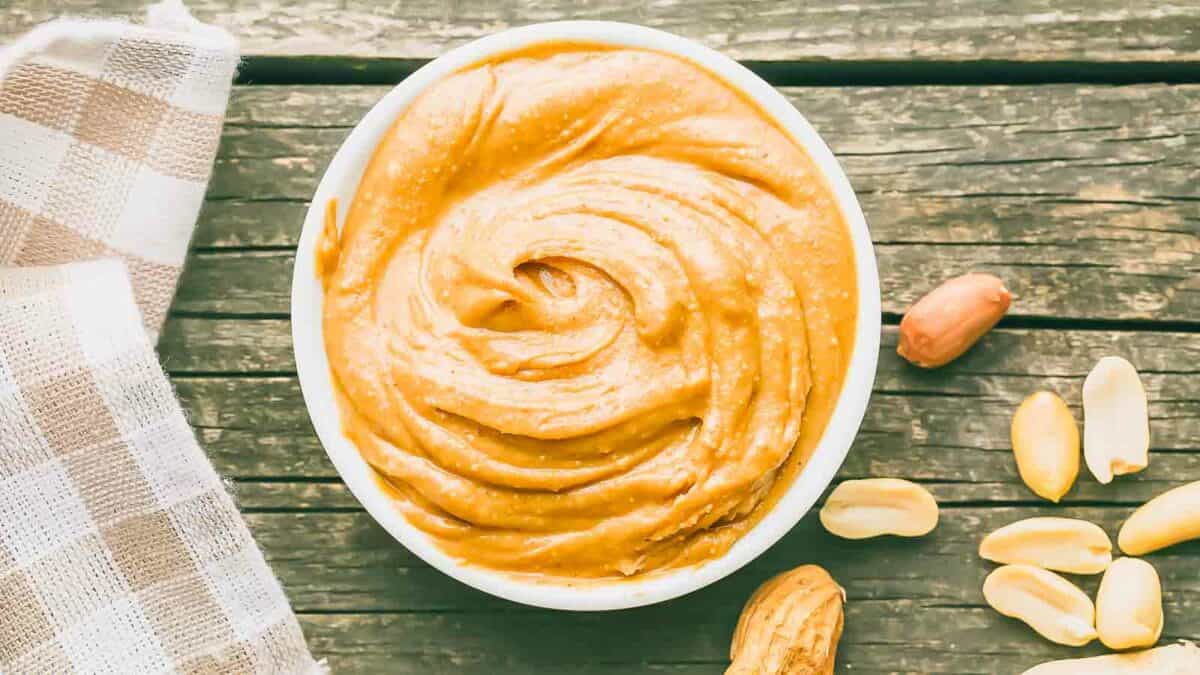

These toxins are produced by molds on grains, nuts, and legumes, particularly when stored in warm, humid conditions. Mycotoxins can cause a variety of health problems, including liver damage and cancer.
Phthalates


Used to make plastics flexible, phthalates can enter food products during processing. Exposure is associated with hormonal changes, birth defects, and reproductive issues.
Trans Fats


Although their use is declining, trans fats can still be found in fried foods, baked goods, and processed snack foods. Trans fats are notorious for increasing the risk of heart disease by raising bad cholesterol levels and lowering good cholesterol levels.
12 ‘Natural’ Foods That Are Actually Full Of Chemicals


Trying to eat clean? It turns out some “natural” foods aren’t as pure as they seem. From fruits and veggies to packaged snacks, many contain hidden chemicals. Take a look at 12 foods that might be fooling you with their healthy facade.
Read it Here: 12 ‘Natural’ Foods That Are Actually Full Of Chemicals
10 Controversial Food Ingredients Used In America That Are Banned Globally
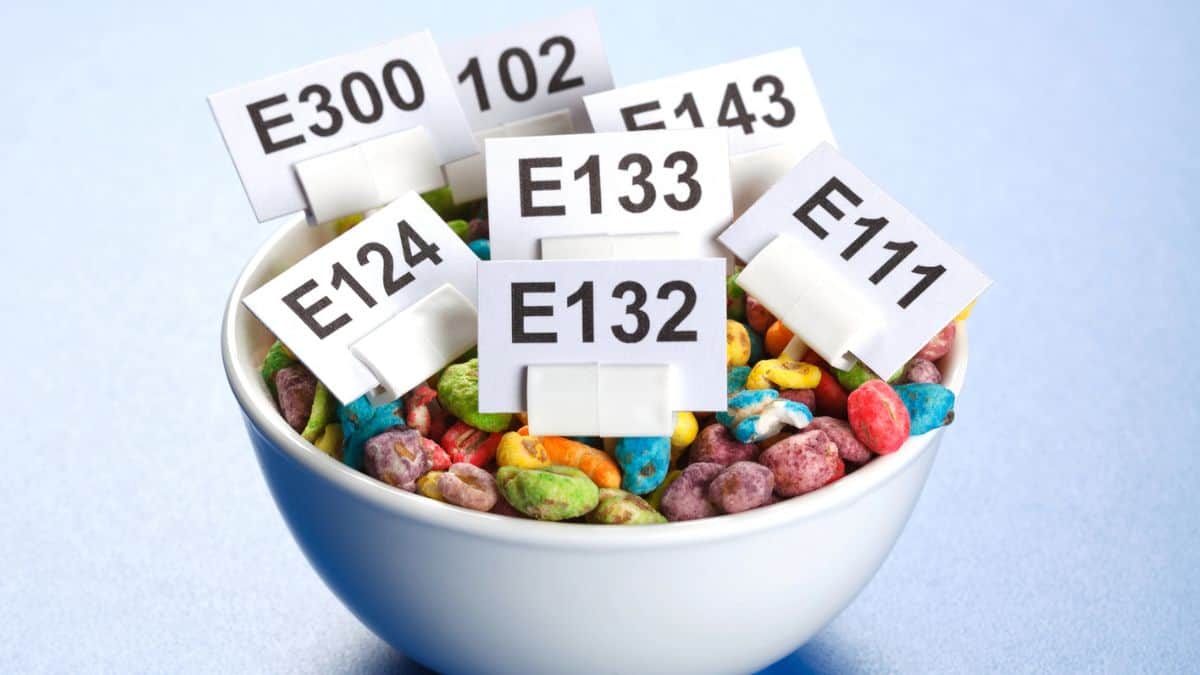

Around the globe, countries take varied approaches to food safety, setting their own rules on which ingredients and production methods are deemed acceptable. What’s routine in the U.S. food industry often faces stricter scrutiny abroad. With the U.S. grappling with high rates of chronic illnesses and food-related disorders, it begs the question: could certain widely-used, yet overseas-banned, additives be contributing to America’s public health challenges?
In the States, the Food and Drug Administration (FDA) and the Food Safety and Inspection Service (FSIS) oversee food safety, adopting a “Generally Recognized As Safe” (GRAS) stance. This means additives are presumed safe based on expert consensus or historical use, rather than extensive new testing. In contrast, regulatory bodies in places like the European Union demand rigorous safety demonstrations before any new food additive graces supermarket shelves. This fundamental difference in regulatory philosophy may explain why some products available in the U.S. are forbidden elsewhere.
Read it Here: 10 Controversial Food Ingredients Used In America That Are Banned Globally
Select images provided by Depositphotos.
Gina Matsoukas is an AP syndicated writer. She is the founder, photographer and recipe developer of Running to the Kitchen — a food website focused on providing healthy, wholesome recipes using fresh and seasonal ingredients. Her work has been featured in numerous media outlets both digital and print, including MSN, Huffington post, Buzzfeed, Women’s Health and Food Network.


